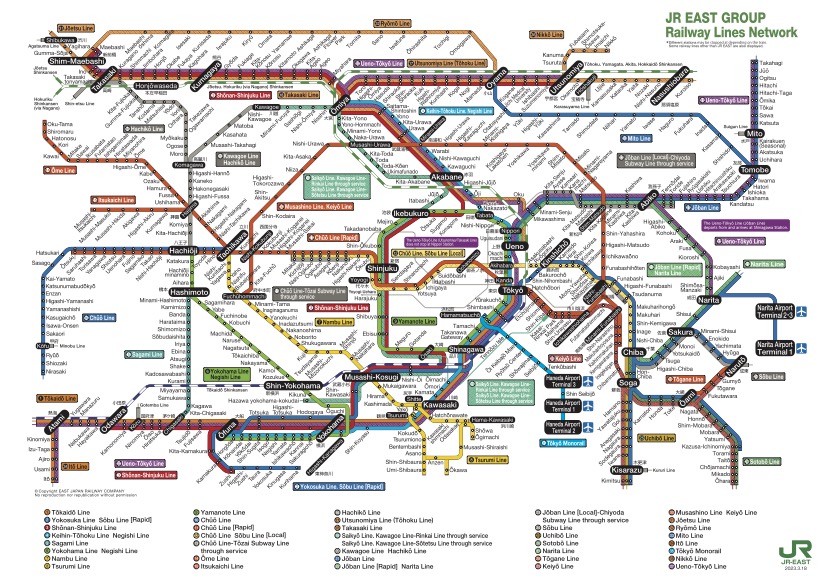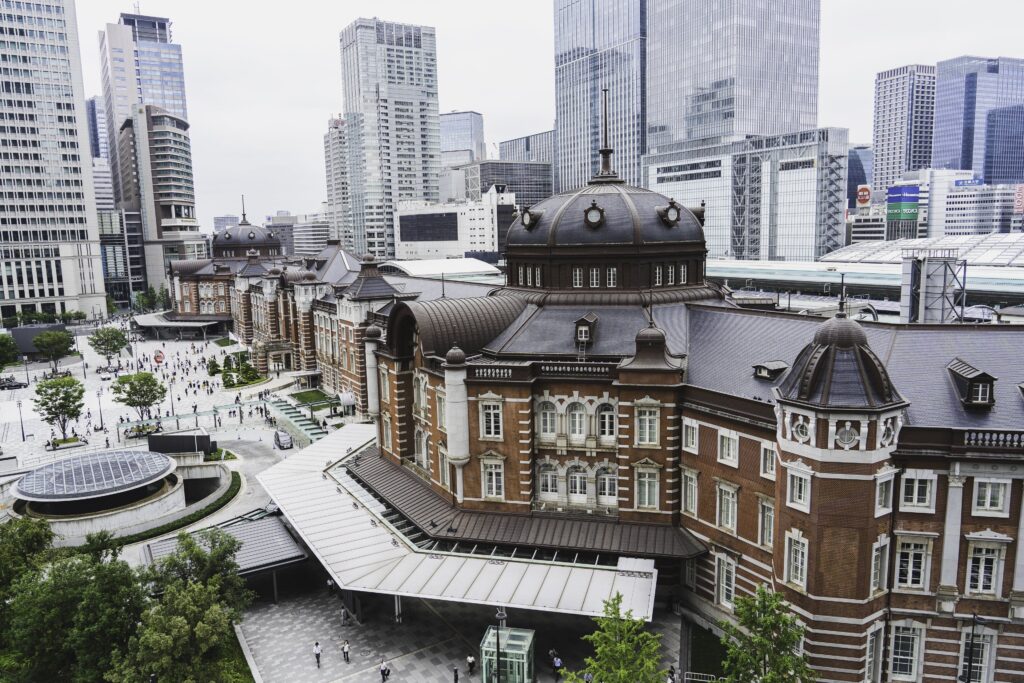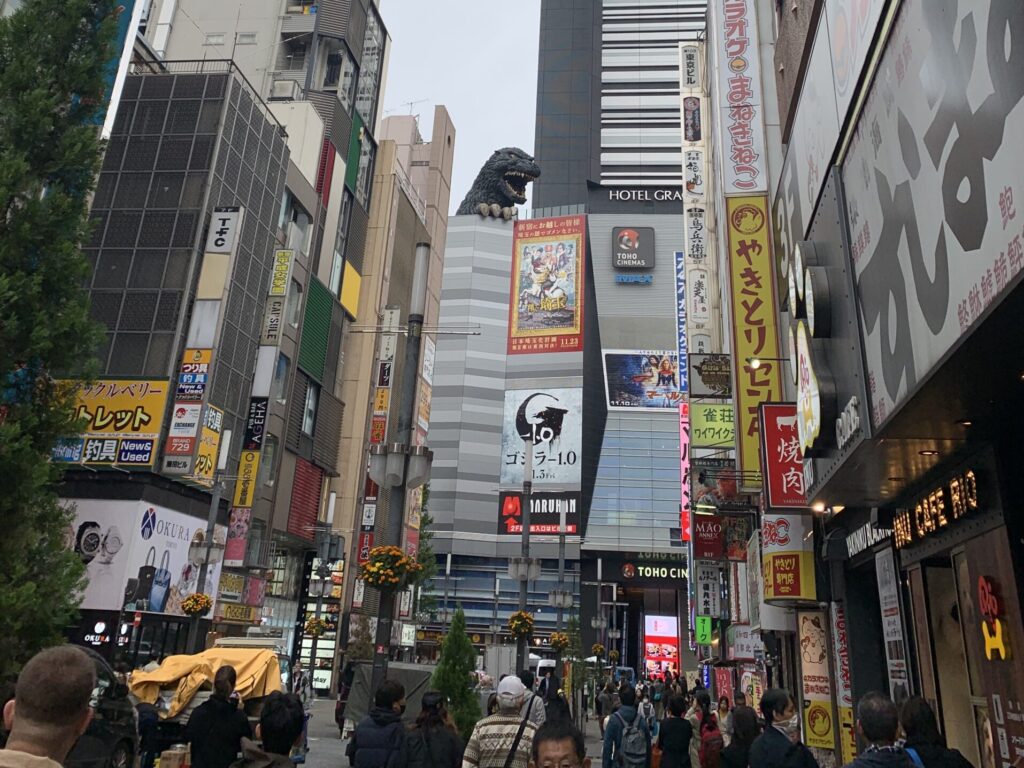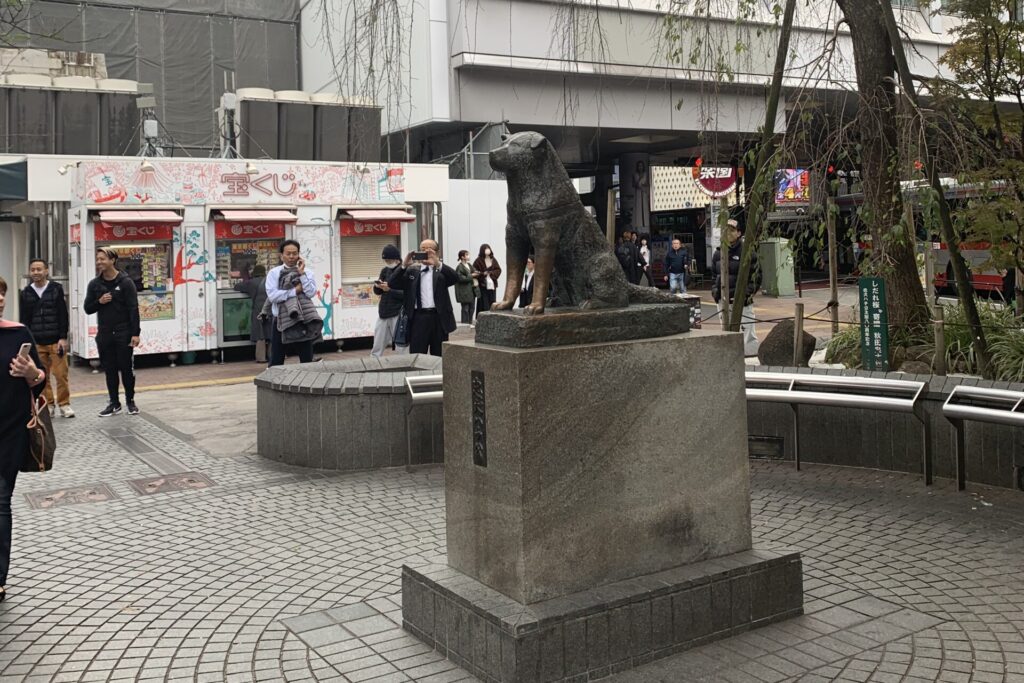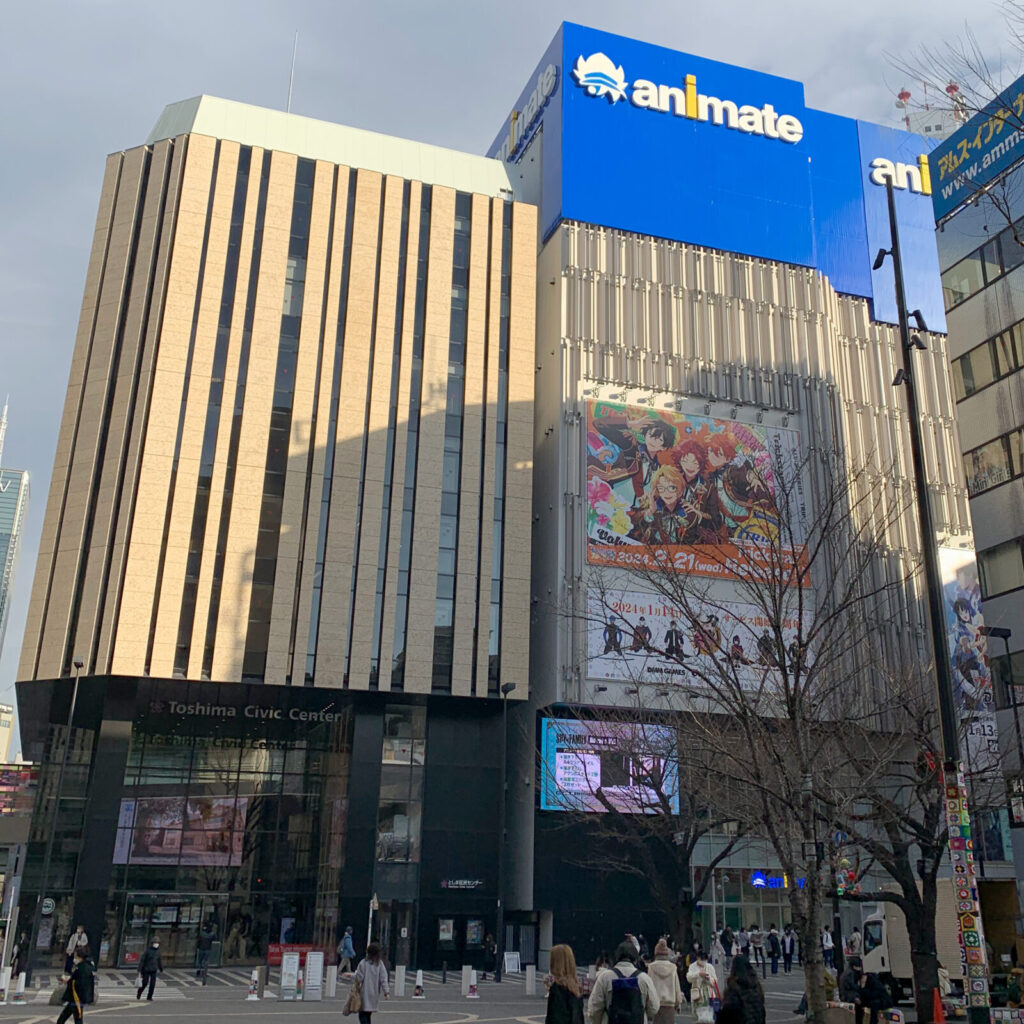
Humans can be quite inconvenient, you know? With only two legs, it seems challenging for them to move around Tokyo as swiftly as I do on my own four limbs. If it were up to me, navigating through Tokyo would be a piece of cake. Well, since that’s not an option, taking trains or subways is a good alternative.
I mean, if it were up to me, cruising around above ground by bus seems way more fun, but that also seems quite a challenge. Well, bear the subways through these dark tunnels.
Japanese Railways (JR) Network; Yamanote, Chuo, and Sobu Line
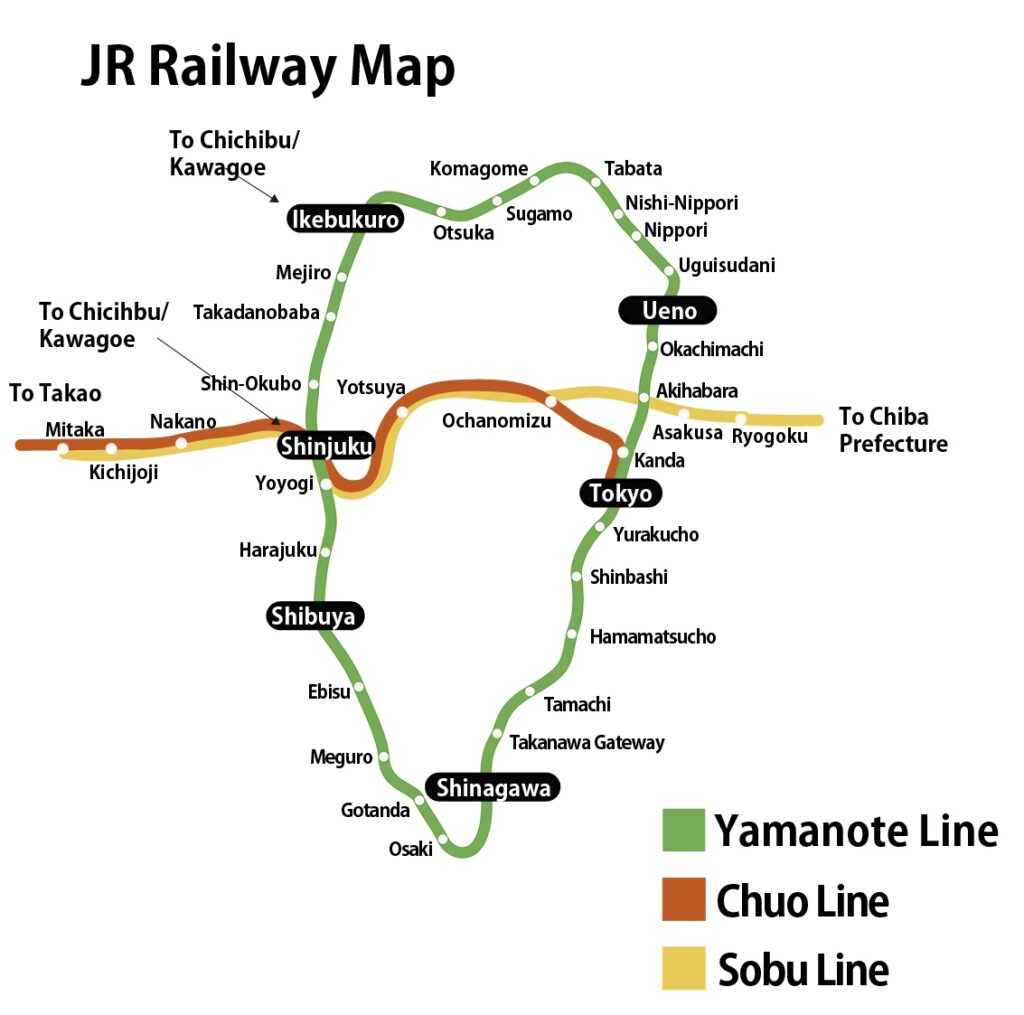
When navigating through the central area of Tokyo using public transportation, it is convenient to primarily rely on JR (Japan Railways), supplemented by the extensive subway network. In reality, even for Tokyo residents, the subway system can be overly intricate, making it challenging for anyone to grasp the complete connectivity of all surface routes. In simpler terms, it is good enough for tourists to understand major JR lines such as the Yamanote Line, Chuo Line (Tokyo Station – Takao Station), and Sobu Line (Chiba Station – Akihabara Station – Shinjuku Station – Mitaka Station). For the finer details, using Google Maps for subway directions is more than sufficient. (If you want to see details, please check here. It may be quite challenge for you!)
Walking Guide under Narrow Road to Tokyo features buttons as below designed to utilize Google Maps for providing routes using public transportation from your current location to specific destinations.
If you ever find yourself unsure of your way during a stroll, let’s click on these buttons. Please note that this setup is intended for use in the Tokyo vicinity, and if you are outside Japan, the display is not always right. For example, clicking on the above button will show you the route to the Imperial Palace.
One crucial point to note is that the Yamanote Line operates in both clockwise and counterclockwise directions. Regardless of the direction, you can reach your destination, but it’s important to be aware that travel times can vary significantly. For instance, when going from Shibuya to Shinjuku, taking the clockwise direction will get you there in under 10 minutes, while the counterclockwise route may take around 50 minutes. It’s advisable to check the major stations indicated on the Yamanote Line at each platform before boarding.
In any case, you will reach your destination, and circling Tokyo’s center on the Yamanote Line can be a pleasant experience, can’t it?
Must-Do: Let’s prepare JR Suica at first
When you’re using public transportation in Tokyo, it’s a good idea to get a Suica card (IC Card) (see Video Clip: An easy way to buy an IC Special Pass) in advance for smooth travels – just tap in and out at the gates!
Originally meant for JR trains, Suica has expanded its horizons and now covers buses and the metro in Tokyo. Plus, it’s your go-to electronic wallet for small purchases around JR stations and most convenience stores. Trust me, having one is a game-changer!
If you can get assistance from someone who understands Japanese, you are better to register Suica as a mobile app for more convenient. By downloading the app and linking it to your credit card, you can avoid any hassle of charging money at the station frequently.
Updated Information: These days, more and more public transit systems in Tokyo support Visa touch payments. You can already use it on Tokyo’s subways and on private railways like Keio and Tokyu. Just tap your Visa card at the gate—no need to preload any yen beforehand!
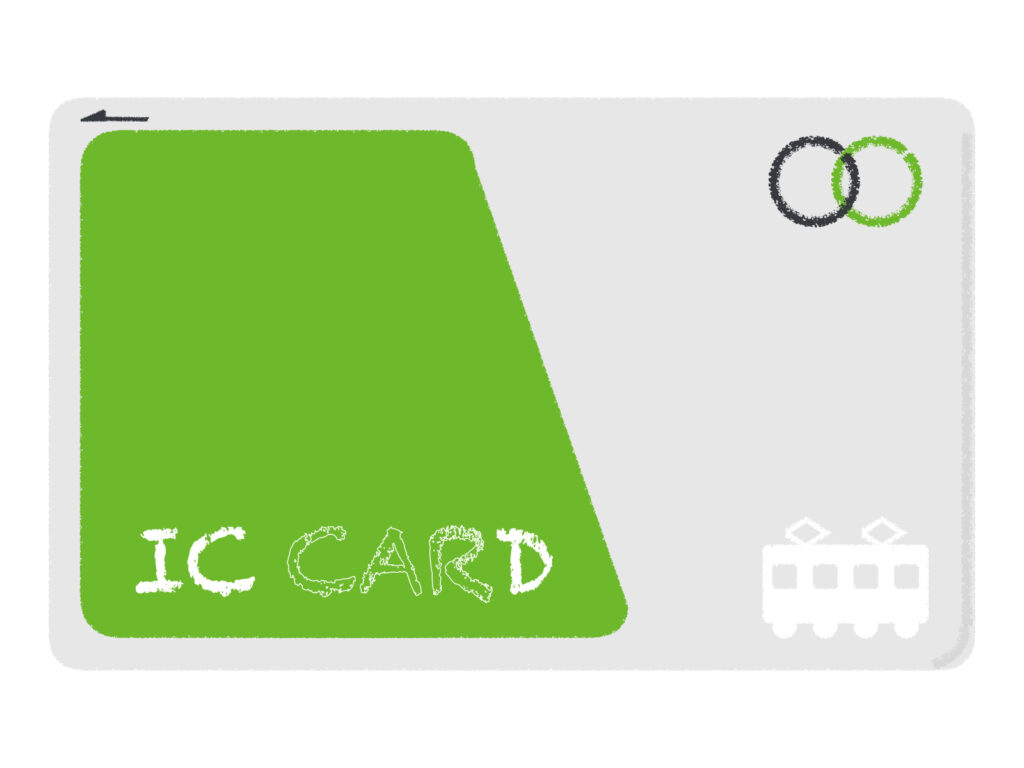
Special Fun of Railway Enthusiasts:JR Stamp Colletction
If you’re touring Tokyo using JR trains, creating your own memories along the way isn’t a bad idea. JR stations have unique stamps for each station, and it might be fun to collect them as you travel. Later on, by looking at the stamps, you can recall the stations with visited spots.
If you’re a passionate railway enthusiast, you might even want to aim for collecting stamps from all the stations on the Yamanote Line.
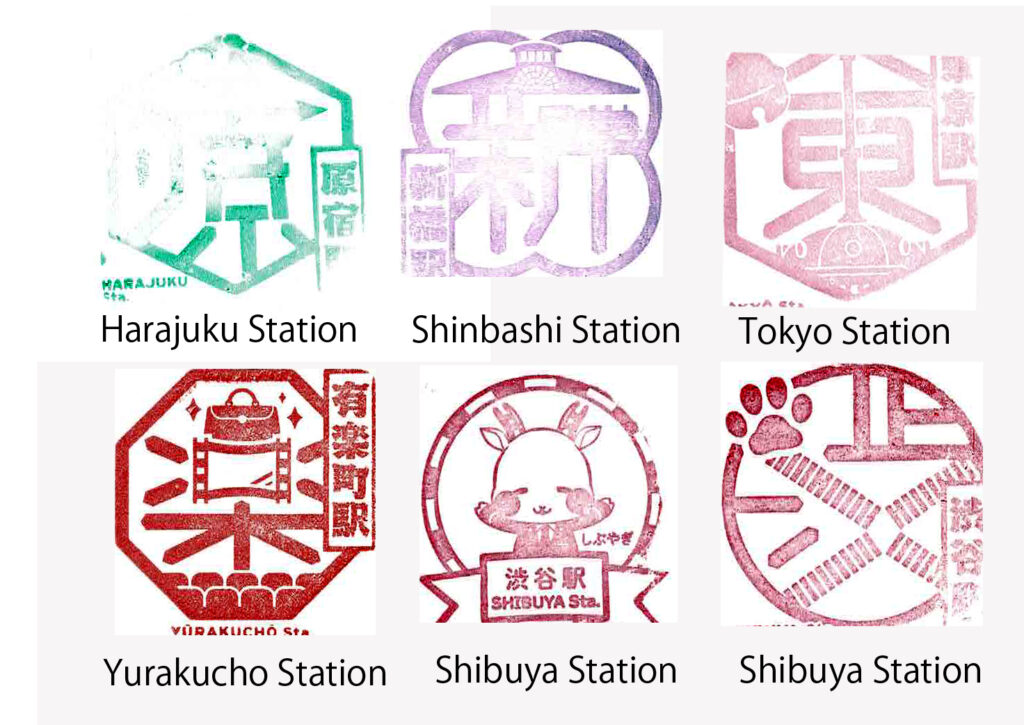
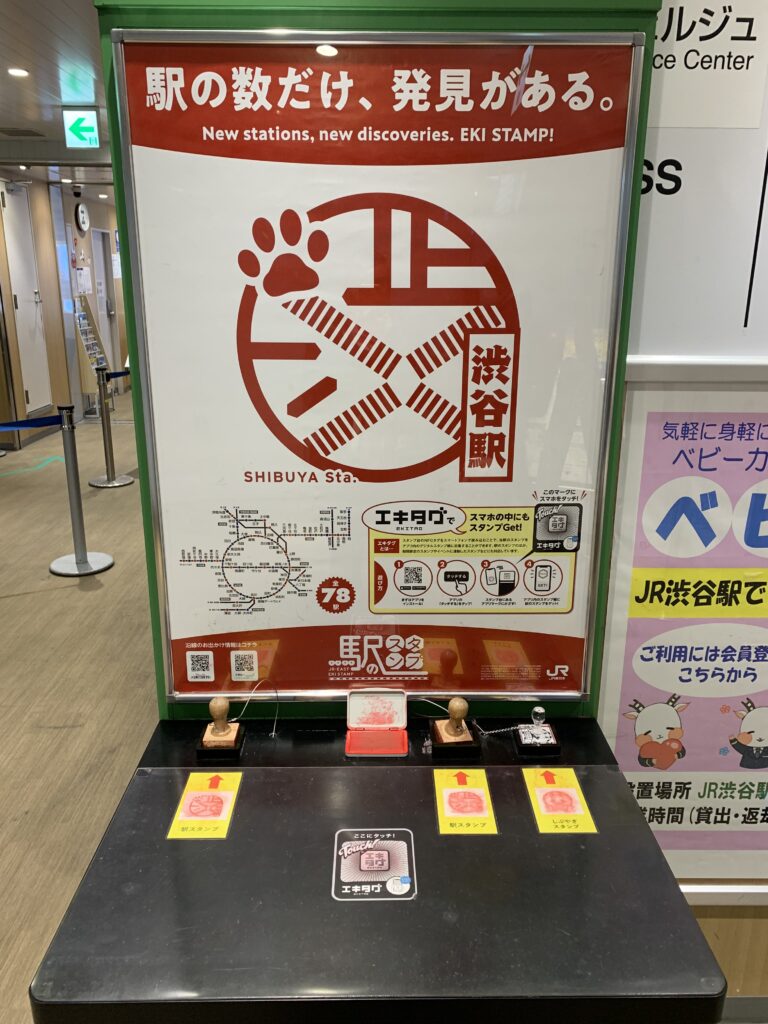
Stamps are located usually near the exits of the ticket gates, but stations in Tokyo often have multiple ticket gates, so it’s a good idea to ask a station attendant which gate is closest. A complex conversation is probably unnecessary; just show your stamp card, and the station attendant should understand.
Here are the stamp locations for some major stations;
- Tokyo Station – Marunouchi South Ticket Gate
- Ueno Station – Central Ticket Gate near by Gareria Entarance (Shopping Mall)
- Shinjuku Station – Midorino Madoguchi (JR Ticket Office) at East and South Ticket Gate
- Shibuya Station – Midorino Madoguchi (JR Ticket Office) at South Ticket Gate
- Harajuku Station – Omotesando Ticket Gate
